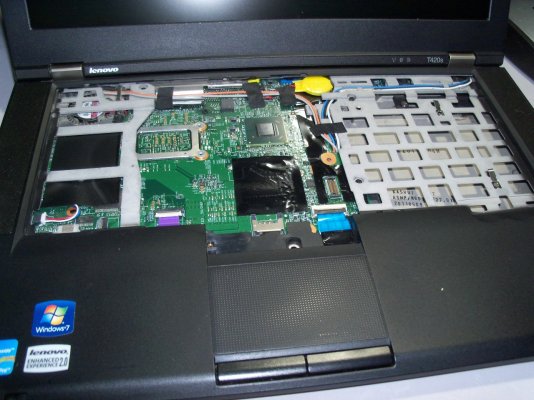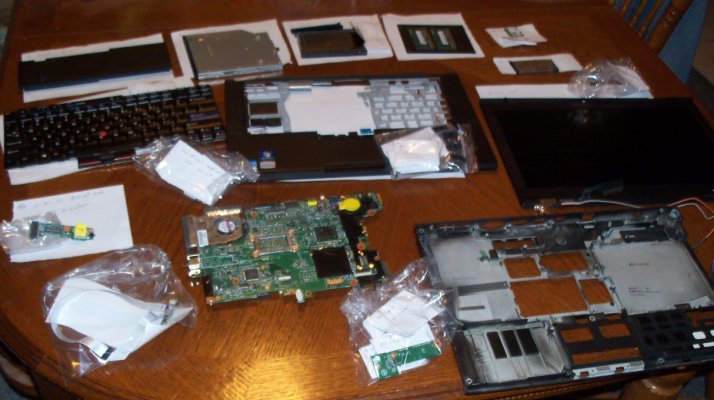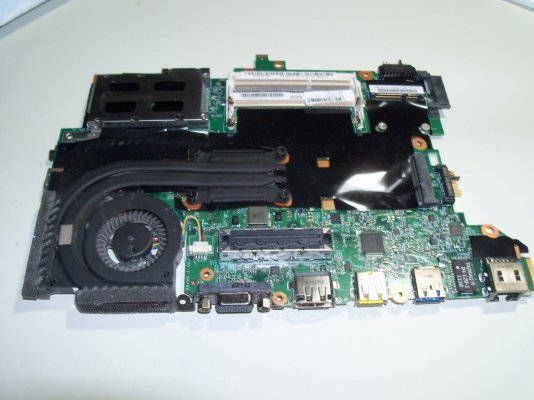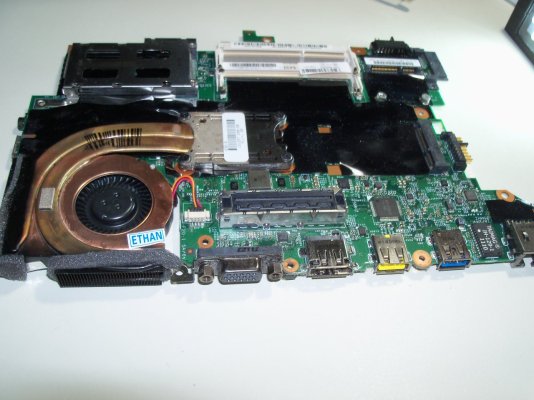easysurfer
Give me a museum and I'll fill it. (Picasso) Give me a forum ...
- Joined
- Jun 11, 2008
- Messages
- 13,152
Feeling proud of myself. Over the past couple of days, went ahead and replaced the loud, whining fan on my Thinkpad T420s laptop to a quieter sounding one.
Wasn't easy as I had to pretty much disassemble the whole thing to access the fan. But luckily I had some documentation to follow along.
My ears will thank me .
.
Attached are some photos (new fan is the shiny, gold colored one).
Wasn't easy as I had to pretty much disassemble the whole thing to access the fan. But luckily I had some documentation to follow along.
My ears will thank me
Attached are some photos (new fan is the shiny, gold colored one).
Attachments
Last edited:





 .
.